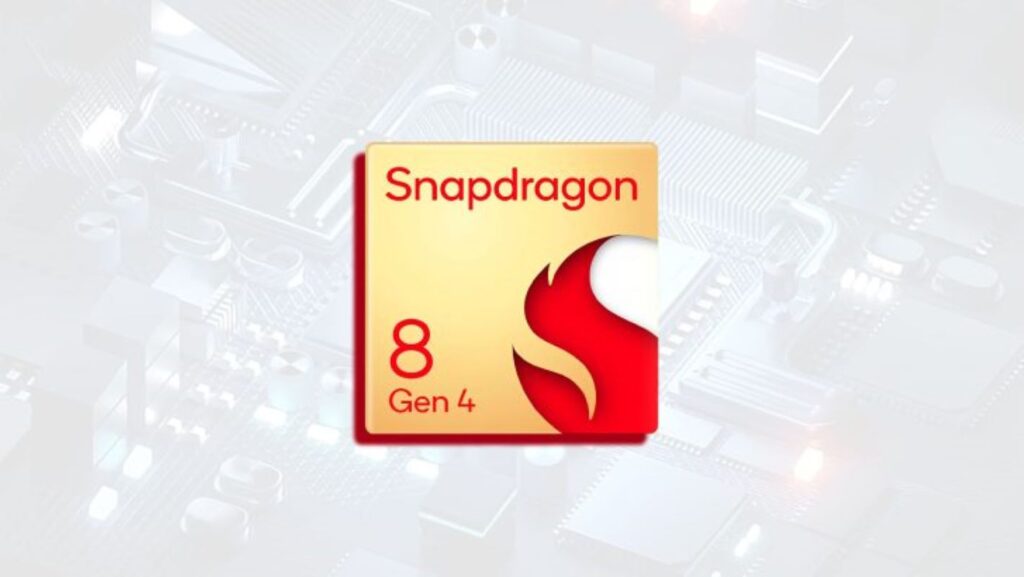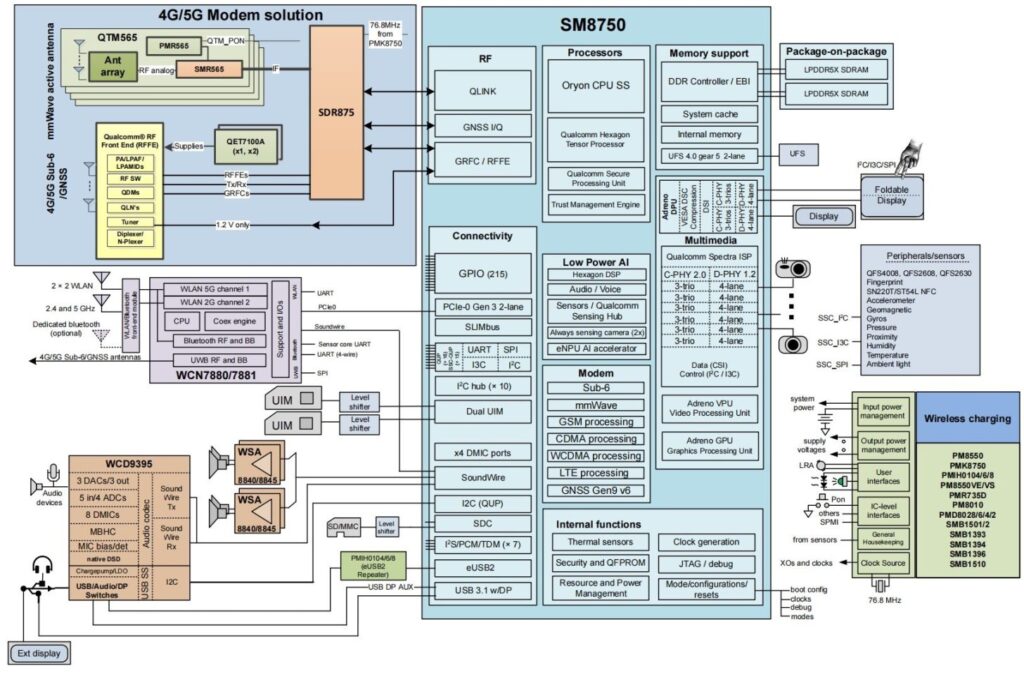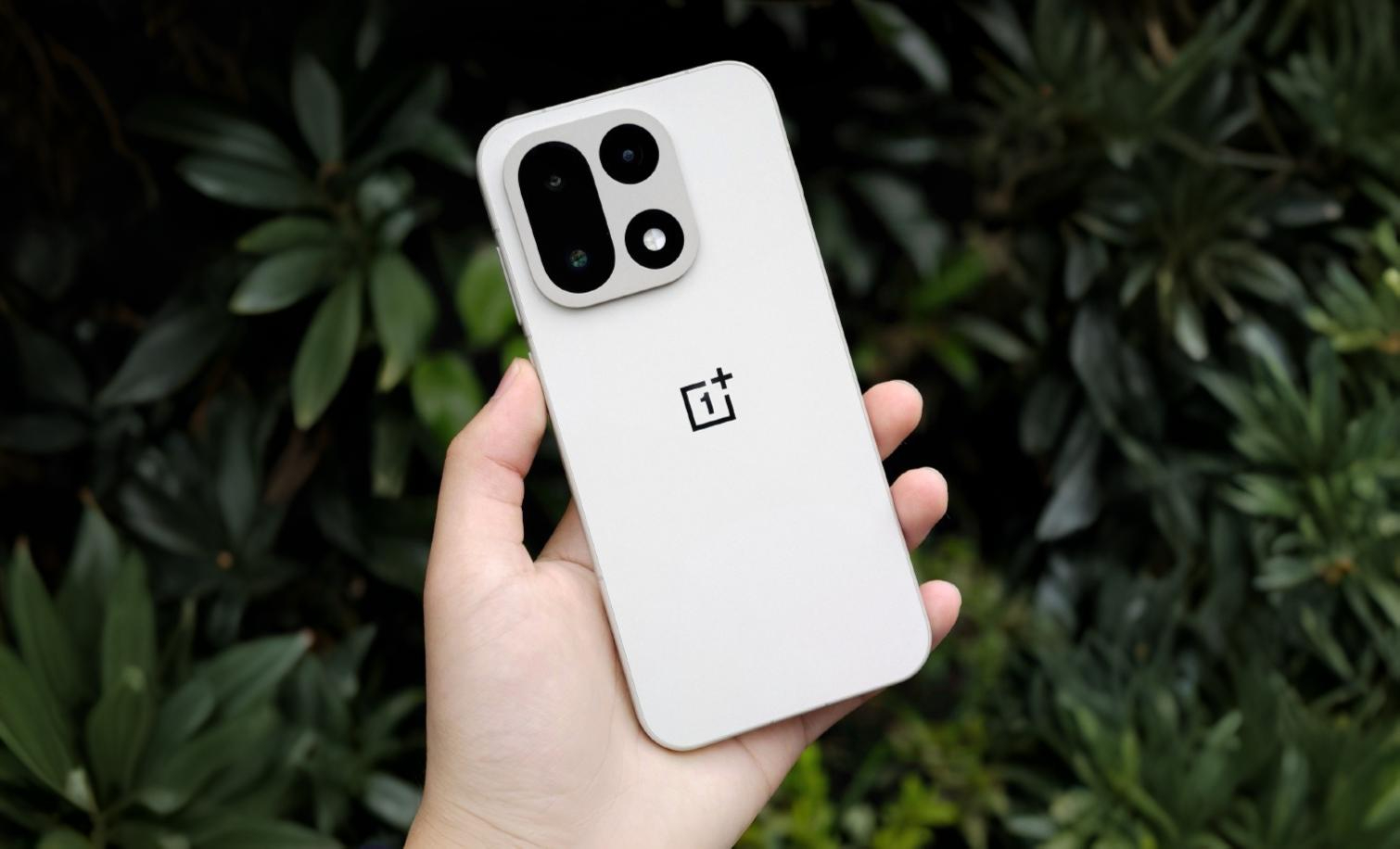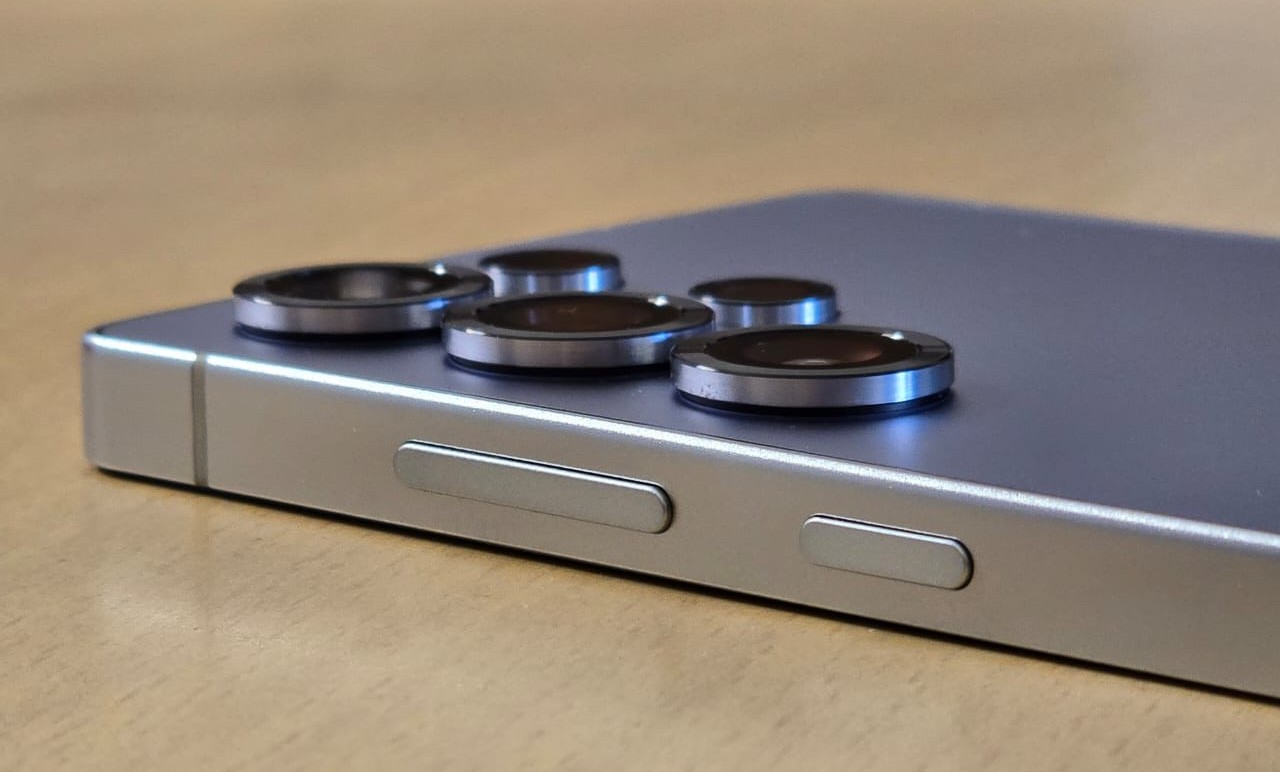Qualcomm is set to unveil its next-generation Snapdragon 8 Gen 4 processor later this month, but a recent leak has provided an early look at its design and features.

This leak, one of the most significant since August, offers what might be the most comprehensive details so far—unless Qualcomm makes an official announcement beforehand.
The information comes from a Baidu user, ‘SalothSar,’ who shared a block diagram and a detailed spec sheet for the chip. While the technical details are dense, we’ll focus on the key highlights.
Two versions: SM8750 and SM8750P
The Snapdragon 8 Gen 4 will come in two variants: the standard SM8750 and the performance-focused SM8750P, which features a slightly overclocked CPU. The primary distinction between the two lies in their connectivity options. The SM8750 supports both mmWave and sub-6GHz 5G bands, while the SM8750P lacks 5G capabilities and supports only Wi-Fi.

Both versions will use LPDDR5X RAM, a familiar standard, even though rumors suggested that LPDDR6 RAM support might debut with this chip. It appears we’ll have to wait for the Snapdragon 8 Gen 5 for that particular upgrade.
As for storage, the leak indicates that the processor will continue to use UFS 4.0, the same standard featured in the Snapdragon 8 Gen 3. This offers impressive read and write speeds of up to 4,500MB/s and 4,000MB/s, thanks to two lanes dedicated from the PCIe bandwidth pool.
Display and graphics capabilities:
The new Adreno 830 GPU in the Snapdragon 8 Gen 4 promises powerful display performance. It’s reportedly capable of driving resolutions beyond 4K (3,840 x 2,560) at a smooth 144Hz refresh rate. However, most of the smartphone makers won’t likely take full advantage of it.
Despite these improvements, the Snapdragon 8 Gen 4’s overall architecture doesn’t appear dramatically different from its predecessor, the Snapdragon 8 Gen 3.
What sets this generation apart, however, are Qualcomm’s custom Oryon CPU cores, which are expected to deliver significant gains in both single-core and multi-core performance. Early benchmarks of the OnePlus 13 on Geekbench 6 already hint at impressive results.


